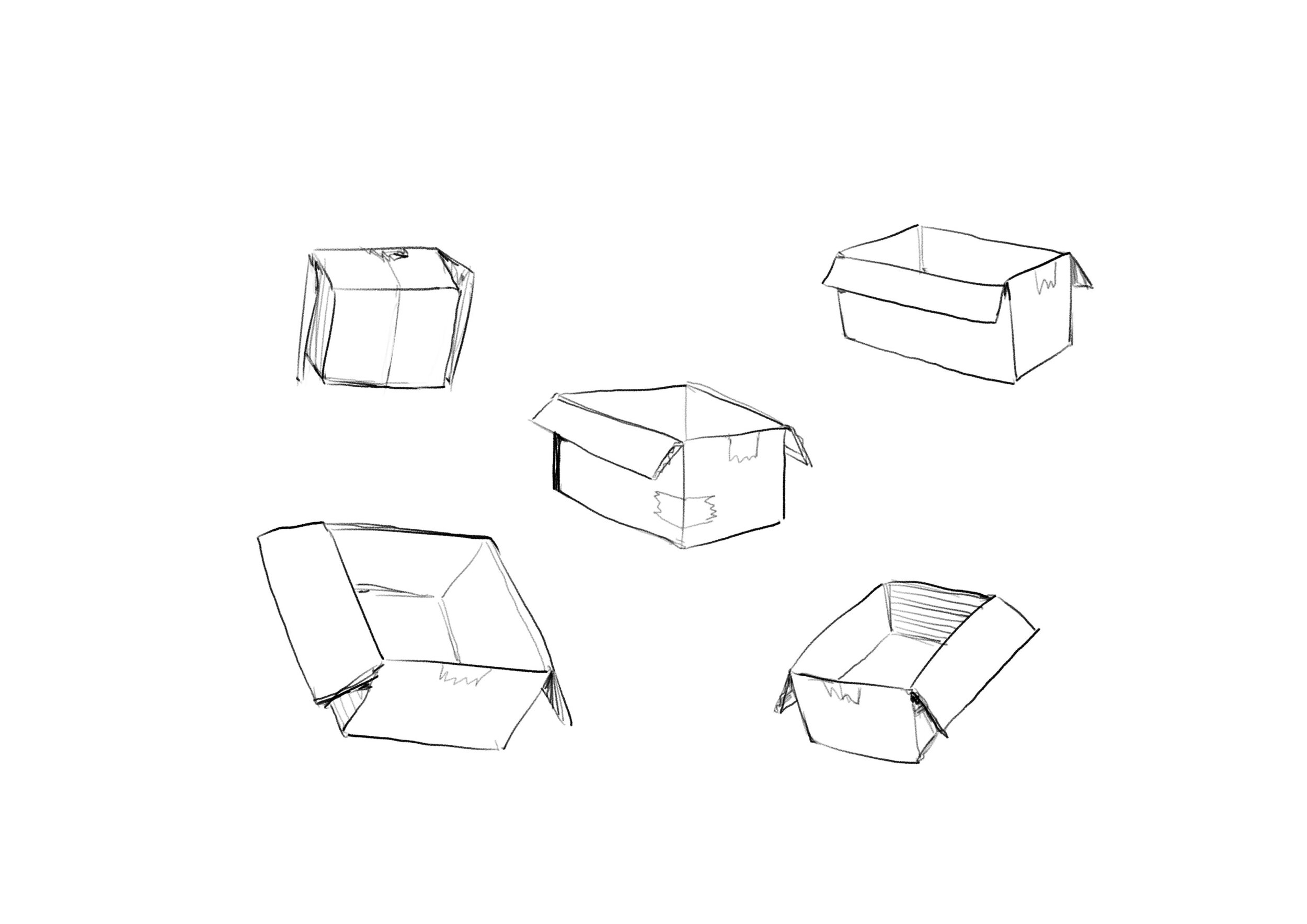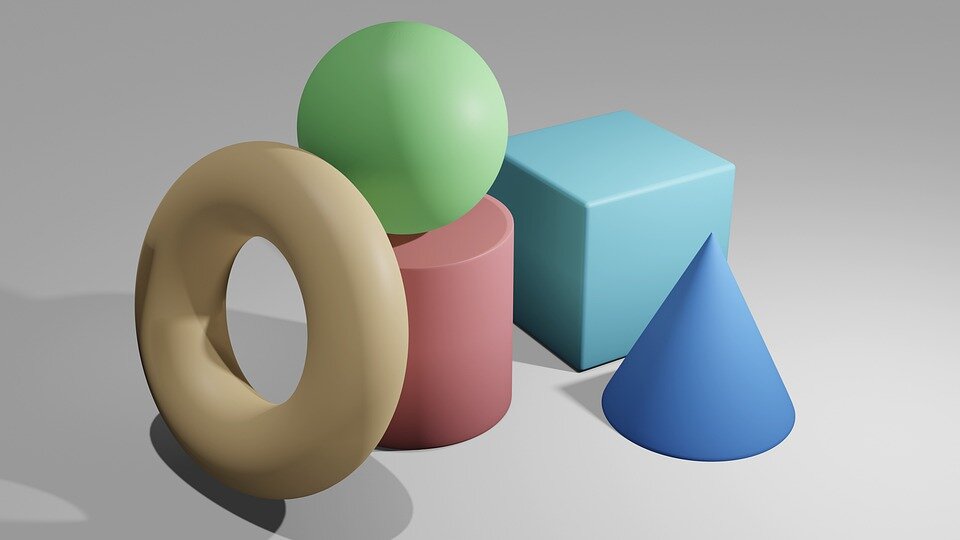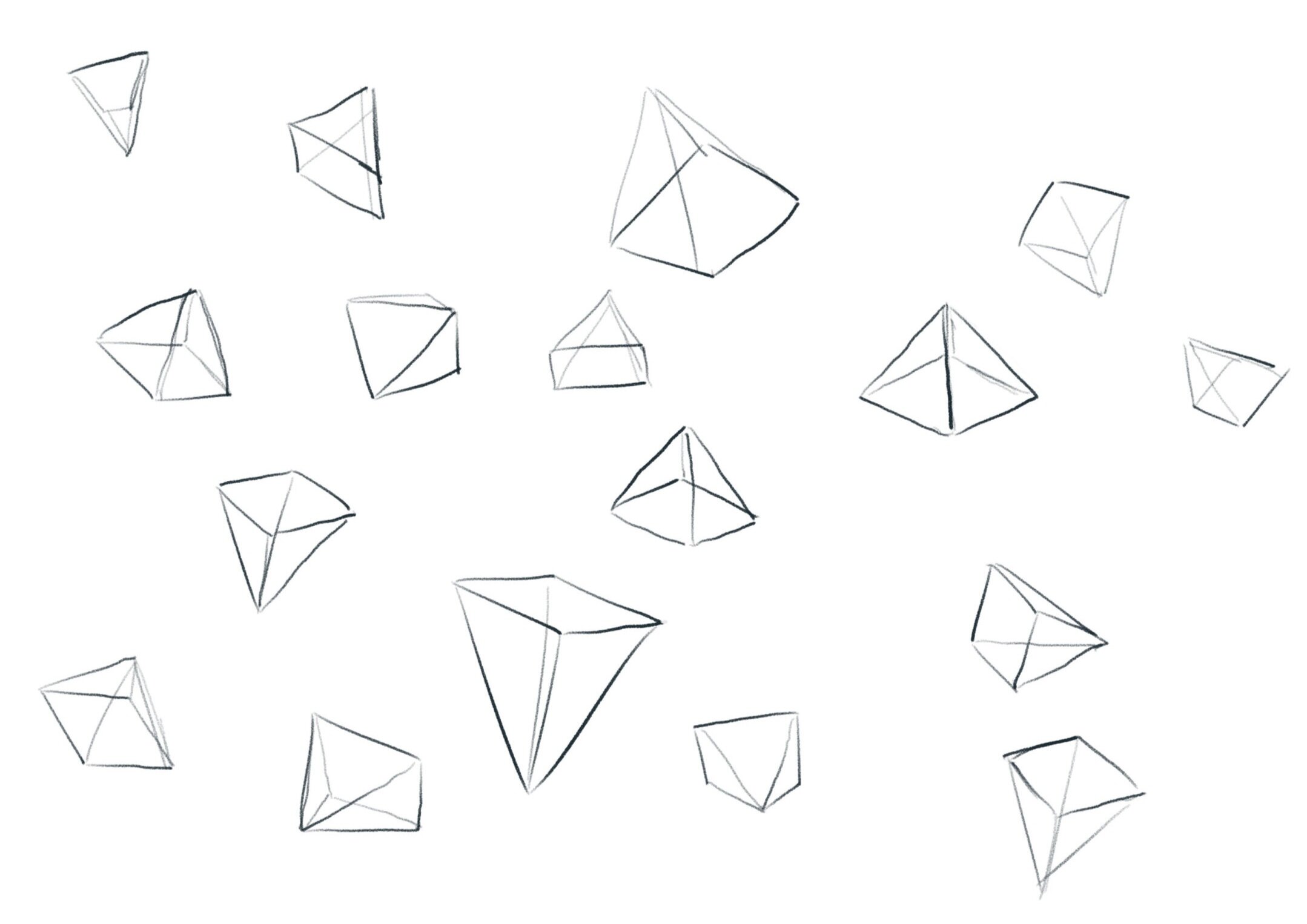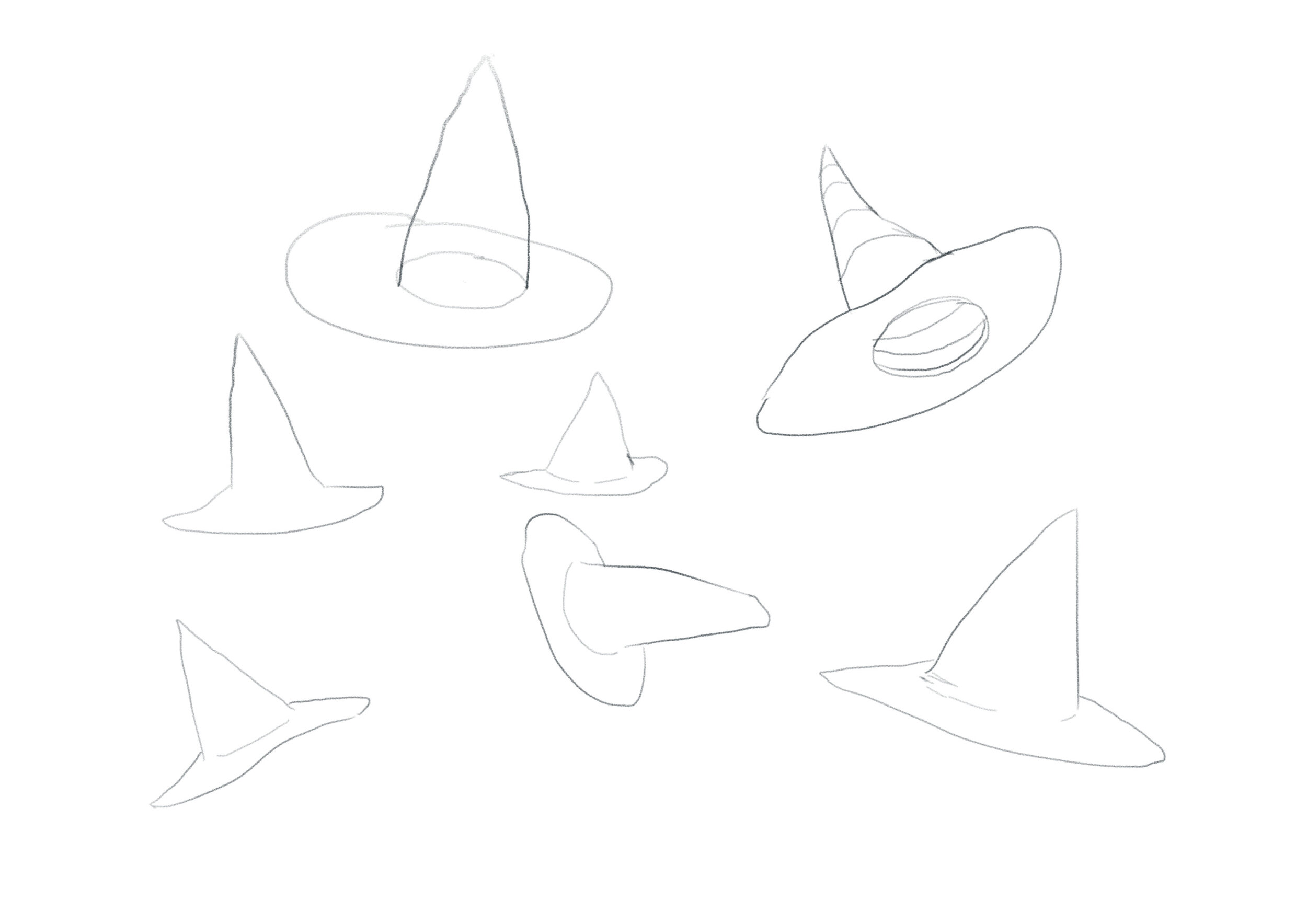Easy Drawings for Beginners
Drawing can be daunting. But these easy drawings for beginners will help to boost your confidence.
Buncha’ boxes. Perfect for practicing square and rectangular shapes.
Drawing can be one of the most satisfying things on the planet. When a piece turns out better than you’d hope, you’re over the moon.
But when you try and fail, that’s always a tough pill to swallow.
You may fall victim to negative thought loops, become discouraged, and stop drawing for a while.
This is a trap that many beginner artists fall into.
However, in order to build confidence (like building a credit score or muscle!) we can start off simple and easy.
If you know you can jump over a box that’s shorter than your knee-height, you feel pretty confident, right?
well, that’s what these drawings are designed to help you do, build confidence and skill!
Once you’re comfortable drawing these step-by-step, you’ll be able to graduate to more fun and challenging endeavors, like taking on the beginner drawing course.
Ready for some drawing-action?
Let’s get started.
Oh, but before we do, keep in mind that even if you’re struggling with the easy stuff, it doesn’t mean you’re not cut out for drawing. It just means that you’re challenging yourself, and you’re right where you need to be.
It’s not about talent. It’s about persistent and consistent effort to improve and tackle new challenges. Exploring new techniques and ideas. Having fun.
Okay, preamble over. Let’s talk about easy drawings for beginners!
The easiest things to draw are things made from basic shapes.
Yep. This basic.
Now, as a kid you might have early memories of playing with such shapes at home or school. Stacking them, turning them into people, airships, boats, buildings…all manner of imaginative things.
You probably put them in your mouth too. Don’t worry, we all did.
At any rate, much like how basic geometric shapes were the building blocks of our childhood play-time, basic shapes are the building blocks to drawings.
For example, you might sketch some pyramids like this:
Cute, huh? A square plane with all 4 corners connecting at a central peak.
Pyramids are great practice for drawing dimensionally, and drawing the unseen side, a key set of skills for any artist to develop.
Not to mention that many real-life things are made up of triangular and rectangular shapes in more complex forms.
You can also see the “square” faces of the buildings in the background. A lot of learning to draw is developing a visual vocabulary of shapes.
Try drawing pyramids for 15 minutes! Vary the angles to add an extra layer of challenge.
Looking for more easy things to draw for beginners? How about we smooth things out a bit with a Witch/Wizard hat!
Cones and elipses
The brim of the hat is an ellipse (which is a circle in perspective)
And the point of the hat is a “softened” cone.
These shapes are very similar to the pyramid, albeit more “smooth.”
We want to draw hard edged shapes and smooth shapes alike. Some objects in real life are polygonal to the point of being faceted (many human-made things) while other objects are as smooth as eggs.
It goes to show you that developing the skill of drawing hard edged and smooth-edged things will allow us to access higher realms of drawing power down the line.
But still, the basics will serve you well. Don’t skip out on trying these easy things to draw for beginners. You’ll thank yourself later when your shape vocabulary starts to form, and you’re able to express your drawing abilities with greater articulation.
Ready for more? Okay.
Speaking of smooth, when we round the corners of a square and give it some thickness, we can draw cell phones.
Rounded rectangles with a little thickness added.
Don’t feel like you have to draw them all perfectly. This is just practice.
Not the small details added in these sketches. a couple thin lines to infer a screen reflection, and some quick buttons doodled onto the form as well.
Not so bad, is it? This is another key shape to memorize and draw for beginners. And more than likely, you have one of these laying around for you to draw from life - which is another integral artist skill!
Don’t worry about all of these notes just yet, as I’ll have a summary of all the important points at the end of this post. Just make sure you’re actually drawing and not just reading!
Let’s keep it moving, we’ve got one last shape to draw to help you grow as a beginner artist.
Some precious pies
Made out of puffed-out round shapes, with just a few details added.
Pies are very round and organic shapes. They’re also delicious.
The key here is to simplify things, and not get overwhelmed by detail. As an artist, life and ideas will come to you in great detail, and it will ne up to you to sort out what’s necessary to draw and what isn’t.
Said another way, it’s about simplifying to succeed. Note the little marks that are dotted across the crust of the pie, and how the “swooping” motions of the crust wrap around the circular form.
Making marks and thinking in mark-making will also help you grow as an artist. Learning how to train your eyes to perceive them, your mind to conceive of them, and your hand to express them.
Not to mention that many shapes are organic and round looking - like pies. Think of architectural domes (pie top) or wheels on a car. Getting your hand to express rounded and oval-esque shapes can be a bit challenging, but don’t give up.
Summary:
Let’s take a moment to review all of the key points we’ve learned from sketching these shapes:
It’s not about talent. It’s about persistent and consistent effort to improve and tackle new challenges. Exploring new techniques and ideas. Having fun.
Pyramids are great practice for drawing dimensionally, and drawing the unseen side, a key set of skills for any artist to develop.
Developing the skill of drawing hard edged and smooth-edged things will allow us to access higher realms of drawing power
Draw from life - which is another integral artist skill!
Simplify things. Don’t get caught up in details early on.
Now that you’ve learned to sketch some Easy Drawings for Beginners, try to come up with some of your own shapes!
Draw cups, water bottles, tables, and friends. Break them down in your mind into basic shapes, and start to stack them together on your picture plane.
You’ll know if you’re challenging yourself too much if you get completely overwhelmed, and you know that you’ve mastered the basics if you can do them in your sleep or without thinking or trying very hard.
If you’re ready to learn about even more basics that can help you grow as an artist (with assignments included) feel free to check out the beginner drawing course.
Practice easier shapes first, memorize them until you can spin them around in your mind and sketch them from many angles. Then move onto harder shapes and combinations of shapes. Try breaking down animals and humans into basic shapes and drawing them in that form.
All in all, you’re on your way to artistic achievement and ascent. Be patient and kind with yourself as you’re learning, and stay as diligent as you can on the daily.
Want a demo of how to sketch these shapes? Feel free to watch the video below while practicing.
Looking for a bit more of a challenge?
If you’re still not satisfied with those shapes, we can round out our easy drawings for beginners by using the following ones:
Pictured here are more rounded shapes. Things like fruit, balloons, cans, pills, capsules, and the like.
What else do you notice? That’s right, the drawings referring to the unseen side of the shape.
Round things to draw for beginners
Round shapes tend to be harder, especially to execute them with machine-like perfection.
Luckily, only a small subset of highly polished drawing styles demand that degree of drafting.
Still, it doesn’t hurt to do them as neatly as you can in order to better your abilities.
As you gain more comfort with drawing rounded shapes, organic things like people/figures, animals, and formations in nature will start to make themselves available to you.
Happy Drawing!
Whenever you're ready, there are 2 ways I can help you:
1. Grow & Sharpen Your Drawing Skills here. (1,800+ students)
2. Build better Paintings and get Commissions here. (500+ students)









